Melting pot or salad bowl: Viewing American society from an ethnic minority’s perspective
“The House On Mango Street” and the 2023 Oscar Awards demonstrate the rise of representation for ethnic minorities’ in American media. Writer Isheeta Pal, who identifies as a member of an ethnic minority group, explores how this representation has allowed her to embrace the many aspects of her identity.
April 11, 2023
From speaking Hindi and Bengali at home to watching Bollywood movies in the living room with my family, I’ve stuck to my Indian roots and learned a lot about my heritage. However, I felt “too Indian” in a predominantly “white” society when I started going to school. My peers always asked me why my skin was a different color than theirs, and I would get frustrated because I did not have an answer to that question. It tricked my brain into thinking that being an ethnic minority was unfavorable to society, and I felt ashamed for something I should’ve embraced my whole life.
I was also reluctant to associate myself with South Asian culture because there wasn’t an accurate depiction of it in American media. Characters of my ethnic group were presented as speaking in exaggerated accents and acting “nerdy.” These are only a few examples, but similar actions became the stereotype of being Asian Indian. I felt that people expected me to follow the clichés presented through the media, and the misinterpretation of my ethnic group made me want to assimilate to American culture.
However, this mindset changed as I started seeing more ethnic minorities represented in American media.
In the ninth grade, I read a book called “The House On Mango Street,” which is a bildungsroman about a Chicana girl in the 1960s. It was the first time I was able to relate to a character in a book I was reading. The protagonist was stereotyped because of her ethnicity and felt isolated because of it. This helped me realize that I’m not the only one that faces the effects of ethnic prejudices. I felt like my struggles were heard and it reassured me that I shouldn’t be embarrassed by my ethnicity.
Moreover, the rise of minority cultures was seen in the 2023 Oscar Awards. For example, the song “Naatu Naatu” from the Telugu (Indian language) movie “RRR” won the Best Original Song category, and it was the first song ever from an Indian movie to win an Oscar. Another example of minority culture represented in the Oscars occurred when the movie “Everything Everywhere All at Once,” a film with a mostly Asian cast, won awards in seven out of the 11 categories for which it received a nomination. Moments like these prove that the times are changing, and minorities don’t have to worry about jumping into the “melting pot” to “fit in.”
Although diversity can’t be described in a simple phrase, I believe American society is gradually transforming from a “melting pot” to a “salad bowl.” More ethnic minorities are starting to get recognized in American culture, especially through the media, which is much more diverse than before. Most media presented characters that were a part of the majority “white” group, and I felt like I needed to be like them. But as ethnic groups are increasingly represented, I have made my ethnicity a vital part of who I am. I am proud to say that I am an Asian Indian girl living in America while dipping one foot in Indian culture and another in American culture.


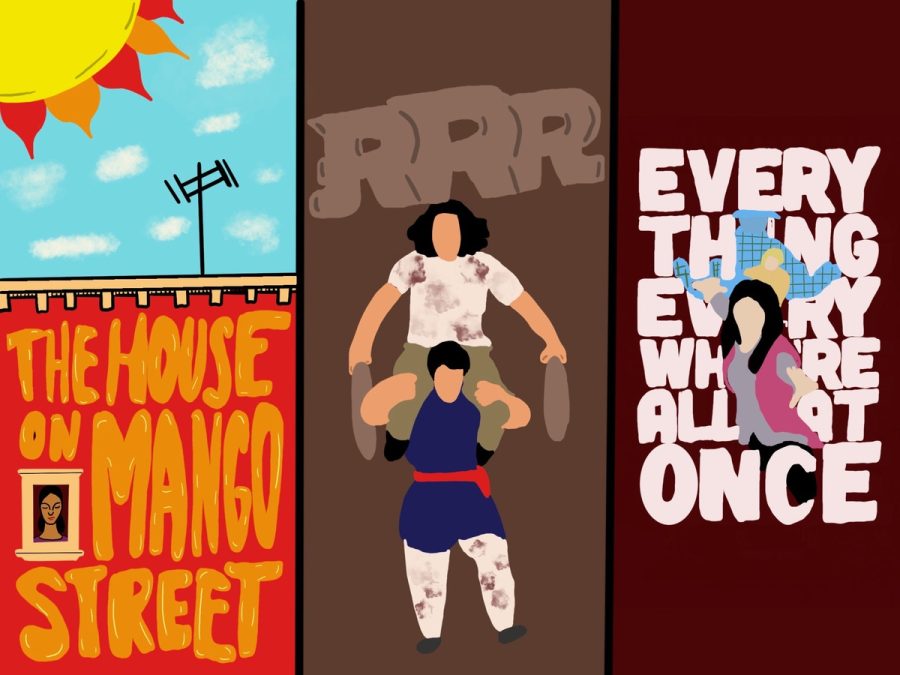
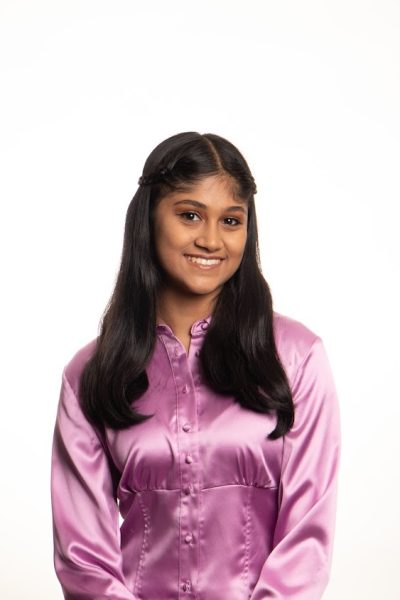




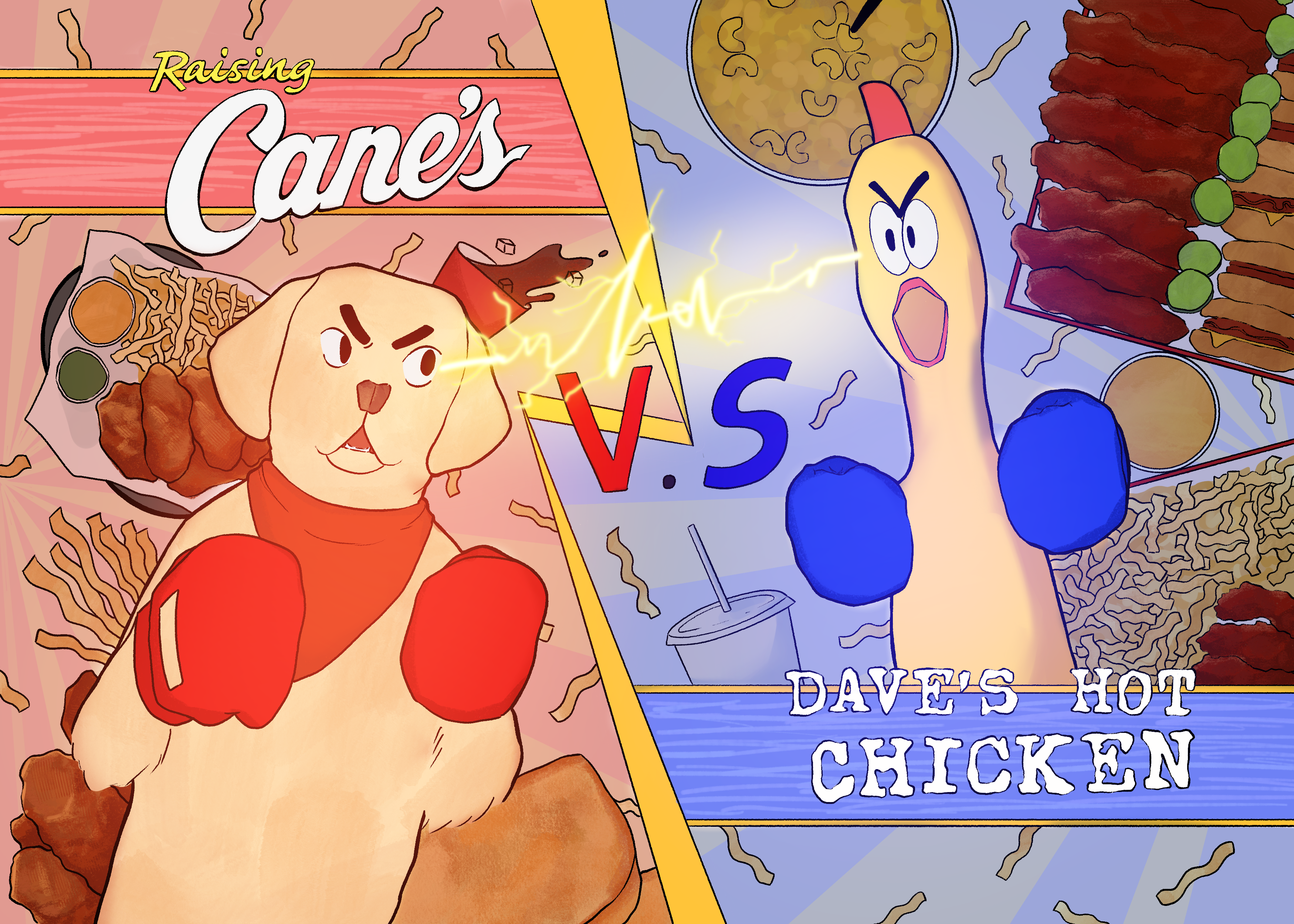

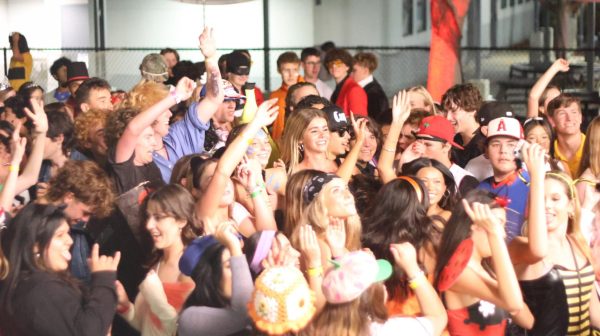
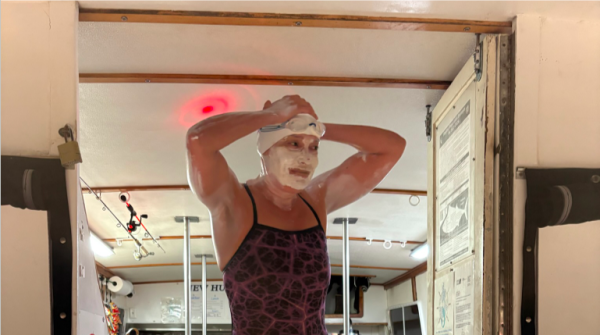
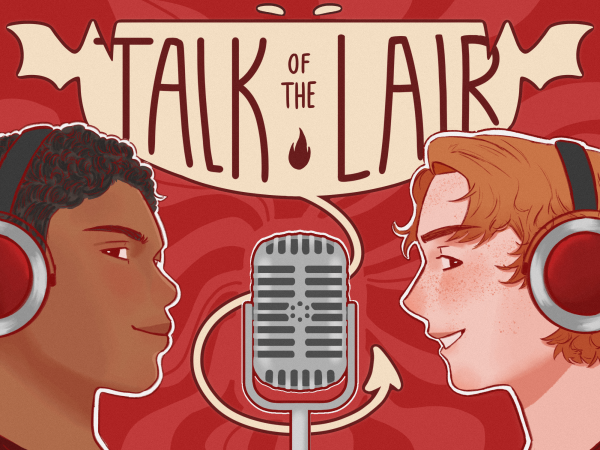



John Doe • Apr 13, 2023 at 1:39 pm
Who does the Indian-American cheer for in a cricket game between America and India? It’s a genuine question– one that tells which society you value more.
The idea that the United States is a “salad bowl” is quite inaccurate. That label might go to Canada or Brazil.
American society from then to now has always been an assimilating one. This is primarily due to the fact that many immigrants that come to the United States know America primarily for its Western heritage and roots.
America is: Western, Educated, Industrialized, Rich, and Developed. In other words, it is W.E.I.R.D. This is a phrase coined in the book “The Weirdist People In The World: How The West Became Psychologically Peculiar and Particularly Prosperous” by Joseph Heinrich. Essentially, many Western countries including the United States can be summed up in those 5 words.
Furthermore, Americans of different races have much more in common than those of their home country. This is mainly due to their shared experiences of living in a culturally diverse society that values individualism and equality. Additionally, the American education system promotes a common set of values and history that all students learn, regardless of their race. This shared cultural background can create a sense of unity and understanding among Americans, regardless of their racial backgrounds.
We speak of being “Indian-American” or “Mexican-American” or any other hyphenated American. But what does that actually mean? We can’t have a country full of people that can’t unify with each other, just because America is “diverse” shouldn’t mean we should also take steps to unify the people.
Why should I sympathize with the German in Wyoming, the Mexican in Texas, the Italian in New York, the African-American in Georgia, or the Indian in California? I would do so if I didn’t see them as Germans, Mexicans, Italians, African-Americans, or Indians. I would only see them as Americans, first and foremost.
It’s odd to me, as a Vietnamese, that I should be celebrating “diversity” and “multiculturalism” when I see other Asians in American media. The idea that I see another person apart from my race to be “represented” doesn’t amuse me. But I am quite worried about the national identity of the United States that is implying we should emphasize ethnicity over nationality (as we might see in the media nowadays). American media needs to get rid of the idea of diversity and instead focus on the theme of unity within diversity.
America is a civic country– one based on civic ideals and values, not my ethnic lines. I think that ethnicity should not be prioritized higher than nationality, not in a country like the United States.
To quote Theodore Roosevelt, “Americanism is a question of principle, of idealism, of character. It is not a matter of birthplace, or creed, or line of descent.”